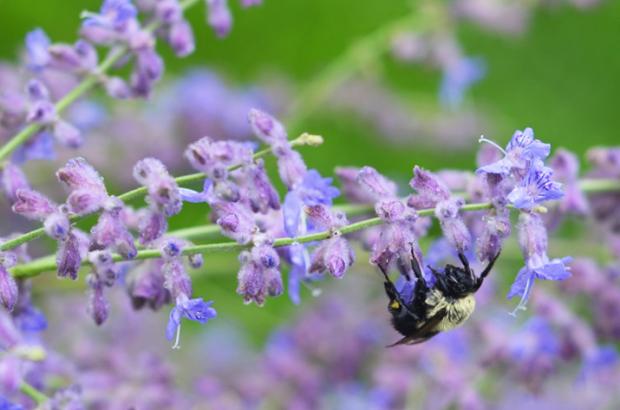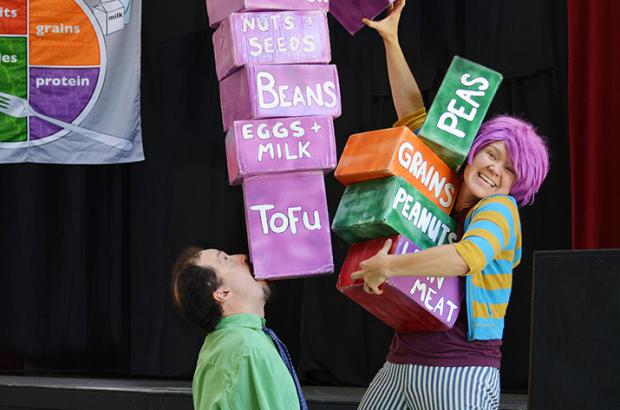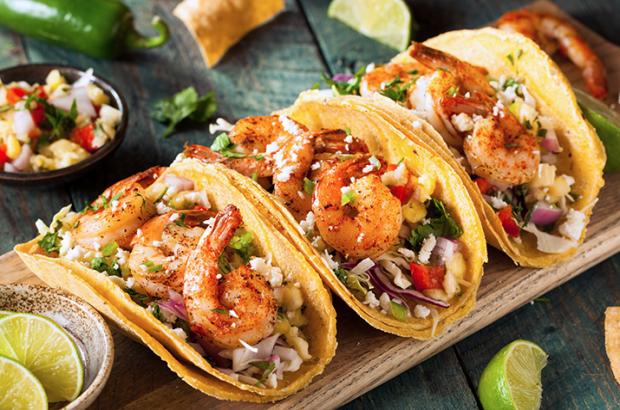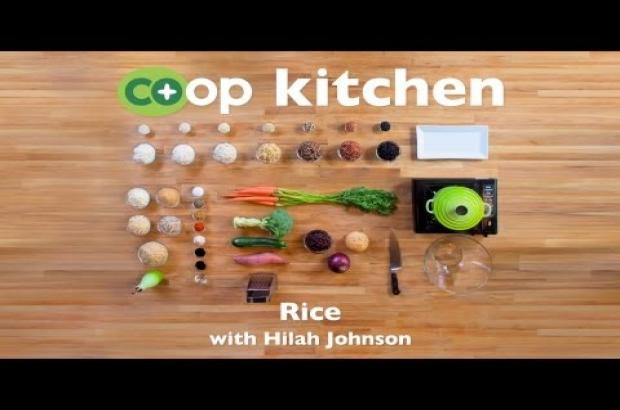Article
Behind the Scenes: The Making of Food
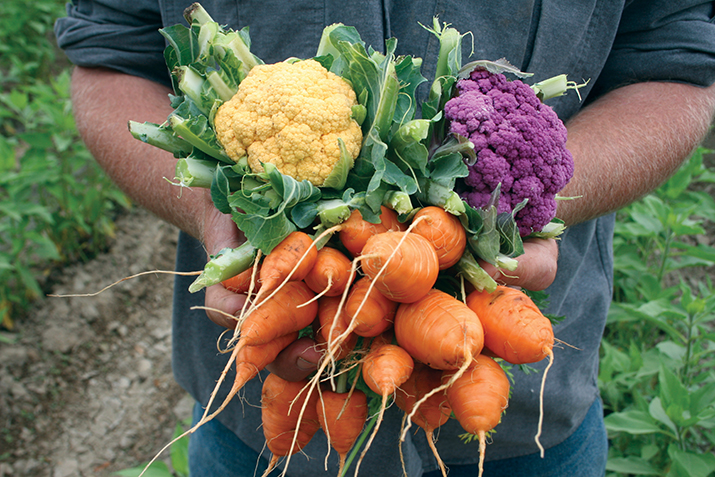
Today, the vast majority of food in the United States is produced by an industrial system built on corn and soybeans. These commodity crops are used to make a wide variety of processed foods and used as feed for livestock. Unfortunately, this system is taking a toll on human health, animals and the environment, but people are increasingly showing interest in more sustainable alternatives.
Humans first started cultivating land some 11,000 years ago, and incredibly, farming remained much the same for millennia, despite developments like irrigation, crop rotation, fertilization and pesticide application (early pesticides were mercury, arsenic and lead).
Since 1900, however, a new era of agriculture has taken shape. Machines and synthetic fertilizers and pesticides have replaced human labor and crop systems that naturally replenish themselves. As a result, instead of raising a smaller but more diverse volume of crops that nourishes the soil, farmers are cultivating staggering amounts of one or two crops on huge tracts of overworked land.
And the changing face of agriculture doesn’t stop there. For example, companies now genetically engineer plants and animals, altering the natural ecosystem in a profound way. As industrial agriculture continues its monumental spread, the list of worries that accompany it grows in parallel:
- Water pollution from synthetic fertilizers and toxic pesticides
- Food borne illnesses, drug-resistant E. Coli and other pathogens
- Farm subsidies that encourage large-scale production of corn
- An epidemic of obesity linked to increased consumption of processed foods
- Human health issues linked to pesticides
- The economic decline of family farms and rural communities
But there’s positive momentum in the food industry, too, largely due to increasing awareness of these and other issues. A wellspring of support for organic, sustainable and local food has emerged, and while its market share remains small, interest is growing steadily.
Many local farms are small-scale practitioners of sustainable, organic farming, which focuses on the health of soil, the environment and transparency for the consumer. While local isn’t always sustainable and organic, and organic isn’t always small, these categories substantially overlap and share common farming practices:
- Crop rotation, the practice of alternating various crops in the same field to avoid a build-up of crop-specific pathogens and pests and avoid soil depletion
- Managed grazing, or creating grazing patterns across farmland to avoid over-grazed areas and allow for regeneration of a pasture’s grasses (animals raised in this way are often referred to as “pastured” or “pasture-raised”)
- Cultural pest control, which involves methods such as crop rotation, combining various types of crops, timing of planting and harvest, weeding and planting of “trap” crops to naturally divert pests
- Drip irrigation, a method that saves water and starves weeds by dripping water slowly to the roots of crops through a network of valves, pipes, and tubes
Local farmers frequently sell at food co-ops, farmers markets and through community-supported agriculture (CSA) shares, where people can subscribe to receive boxes of fresh produce directly from the farm.
Wherever you are, you have power to influence our food system with your purchases. Learn as much as you can about how your food is produced, get to know your local farmers and food producers at the co-op or farmers’ market, and above all, vote with your dollars by buying from producers whose food production methods you support.

